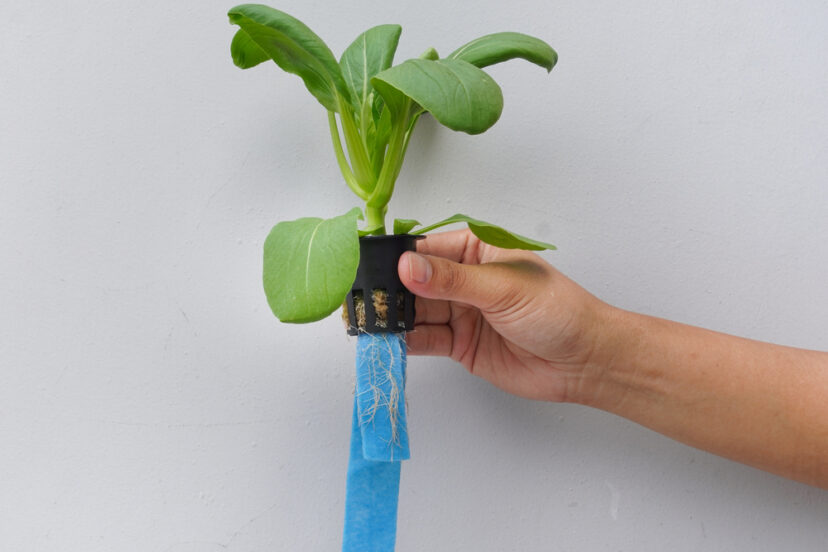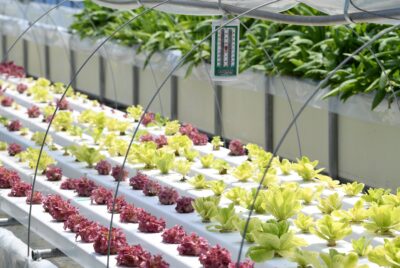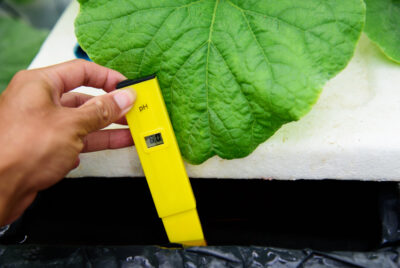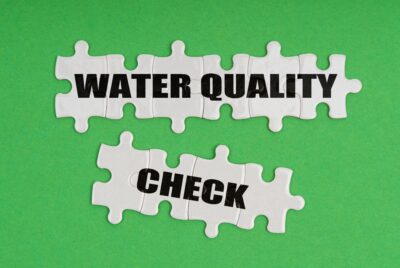Hydroponic Wick System
We may earn a commision from purchases made using our links. Please see our disclosure to learn more.
Hydroponic Wick System.
Greetings, fellow indoor gardening enthusiasts! You’re probably here because, like me, you’re captivated by the wonders of hydroponic systems. However, we’re not merely discussing any system today; instead, we’re going to delve deep into the fascinating world of the Hydroponic Wick System.
Understanding Hydroponics
Before we plunge headfirst into the specifics, let’s lay down some foundations. Hydroponics, as many of us know, is a unique method of growing plants without soil. Intrigued? I was too, initially! This remarkable technique utilizes water enriched with nutrients – sounds futuristic, doesn’t it?
Let’s Look at the Types of Hydroponic Systems
Indoor hydroponic systems come in various versions: Deep Water Culture, Nutrient Film Technique, Aeroponics, Ebb and Flow, and lastly, the star of today’s discussion, the Wick System. Each has its unique features, but our primary focus is on the wick system, a method as intriguing as its name suggests.
Now, Let’s Dig Into the Wick System
What exactly is this wick system, you ask? It’s a type of passive hydroponic system, meaning it doesn’t rely on moving parts like pumps or electricity. Therefore, you might wonder, “How does the magic happen?” That’s where our friend, the wick, comes in.
How Does a Wick System Work?
Interestingly, in a wick system, the plant’s roots aren’t directly submerged in the hydroponic fertilizer solution, unlike some other methods. Instead, the solution is drawn up to the roots via capillary action through wicks. It’s akin to drinking a soda through a straw – it’s a similar principle!
What Are the Components of a Wick System?
A fundamental wick system consists of a reservoir filled with nutrient-rich water, a growing medium (such as coconut coir or perlite), and wicks (commonly made of cotton). Essentially, these wicks bridge the gap between the reservoir and the growing medium, ensuring your plants are always hydrated and nourished.
So, How Do You Set Up Your Wick System?
Creating a wick system can be as simple or complex as you decide. A basic setup involves placing your plants in a container with the growing medium, inserting the wicks into the medium, and then extending them into the nutrient solution. Consequently, you’ve got your very own wick system!
Let’s Talk About the Benefits of a Hydroponic Wick System
Water and Nutrient Efficiency
Wick systems, like their soilless brethren, are excellent for conserving water and nutrients. Moreover, the system ensures the plants take up only what they need, thereby reducing waste. Additionally, they’re economical and easy to set up, perfect for beginners!
Indoor Gardening Convenience
One of the most significant benefits is the convenience it provides for indoor gardening. You can grow your plants year-round, without worrying about weather conditions. Imagine having your green paradise inside your living room or even bedroom – isn’t it fascinating?
Tips for a Successful Hydroponic Wick System?
Choosing the Right Plants
Just as not all shoes fit every foot, not all plants are suitable for a wick system. Therefore, smaller plants and herbs that require less water are ideal candidates. Think about basil, lettuce, or strawberries. Can’t you just taste the freshness?
And What About Maintaining Your System?
To ensure success, it’s crucial to keep an eye on your system’s overall health, especially the nutrient solution. Regularly checking and adjusting the pH and nutrient concentration with specific hydroponic instruments and controllers will ensure your plants get the best care.
What Are the Drawbacks and Solutions in Hydroponic Wick Systems?
Potential Challenges
Indeed, every rose has its thorn. The same goes for wick systems. They might struggle to provide enough water for larger, more thirsty plants. Plus, the wicks can sometimes fail to draw up enough nutrients.
Overcoming Drawbacks
But, worry not, there’s always a solution. One way to mitigate these issues is by combining the wick system with other soilless methods, like top feeding. You could also experiment with different wick materials and thicknesses for better nutrient uptake.
Conclusion
All in all, wick systems are a fantastic way to dip your toes into the hydroponic world. They’re simple, efficient, and fun to set up. Sure, they may have a few cons, but with a little bit of trial and error, the lush, healthy plants you’ll be able to grow will make it all worthwhile.
FAQ’s
What is the best material for wicks in a soilless system? Cotton is commonly used due to its excellent absorption and capillary action. However, other materials like felt or nylon can also work well.
Can you grow any plant in a wick system? Smaller plants and herbs that require less water do best. Larger plants may struggle due to limited water and nutrient supply.
How often should I change the nutrient solution? Ideally, change the solution every two weeks. This ensures the plants have a constant supply of fresh nutrients.
Is a soilless wick system suitable for beginners? Absolutely! Its simplicity and cost-effectiveness make it a perfect starting point for hydroponic beginners.
Can a hydroponic system function without electricity? Yes! Wick systems are an excellent example of a passive soilless system that requires no electricity, making them ideal for off-grid applications.





Comments are closed.